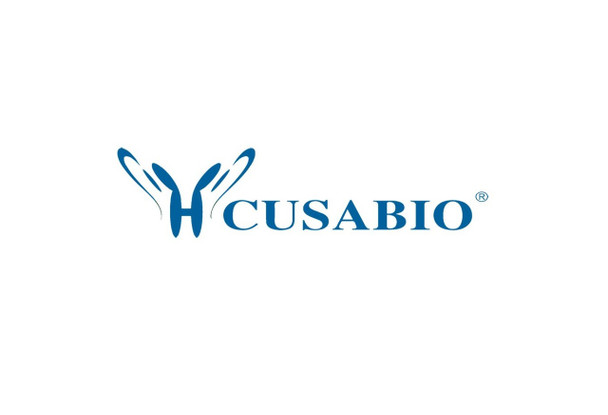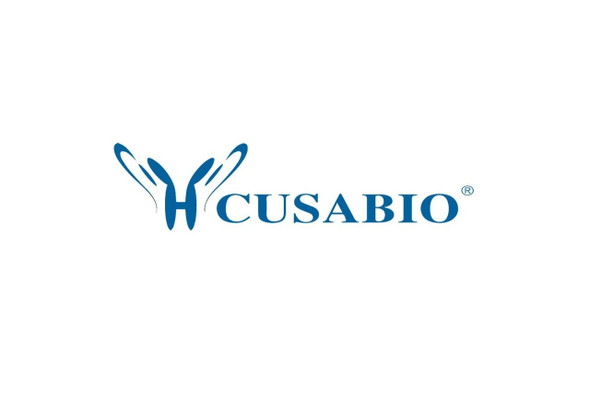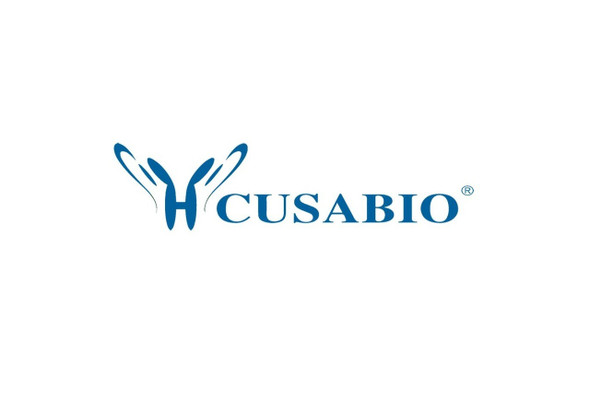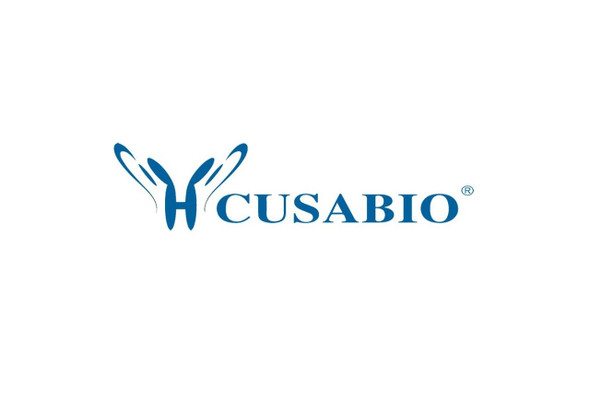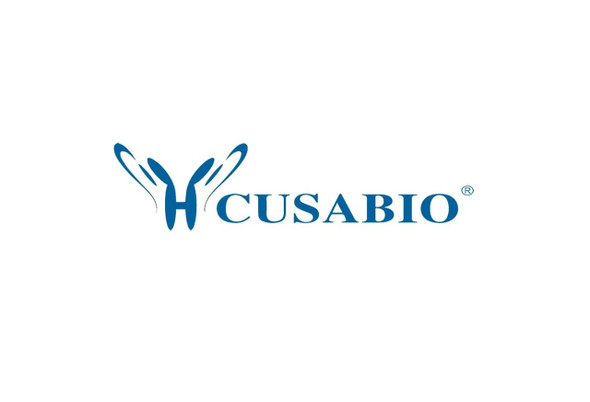Cusabio Human Recombinants
Recombinant Human Ras-related protein Rab-31 (RAB31) | CSB-EP614438HU
- SKU:
- CSB-EP614438HU
- Availability:
- 13 - 23 Working Days
Description
Recombinant Human Ras-related protein Rab-31 (RAB31) | CSB-EP614438HU | Cusabio
Alternative Name(s): Ras-related protein Rab-22B
Gene Names: RAB31
Research Areas: Signal Transduction
Organism: Homo sapiens (Human)
AA Sequence: MAIRELKVCLLGDTGVGKSSIVCRFVQDHFDHNISPTIGASFMTKTVPCGNELHKFLIWDTAGQERFHSLAPMYYRGSAAAVIVYDITKQDSFYTLKKWVKELKEHGPENIVMAIAGNKCDLSDIREVPLKDAKEYAESIGAIVVETSAKNAINIEELFQGISRQIPPLDPHENGNNGTIKVEKPTMQASRRCC
Source: E.coli
Tag Info: N-terminal GST-tagged
Expression Region: 1-194aa
Sequence Info: Full Length
MW: 48.6 kDa
Purity: Greater than 90% as determined by SDS-PAGE.
Relevance: The small GTPases Rab are key regulators of intracellular membrane trafficking, from the formation of transport vesicles to their fusion with membranes. Rabs cycle between an inactive GDP-bound form and an active GTP-bound form that is able to recruit to membranes different set of downstream effectors directly responsible for vesicle formation, movement, tethering and fusion. Required for the integrity and for normal function of the Golgi apparatus and the trans-Golgi network. Plays a role in insulin-stimulated translocation of GLUT4 to the cell membrane. Plays a role in M6PR transport from the trans-Golgi network to endosomes. Plays a role in the internalization of EGFR from the cell membrane into endosomes. Plays a role in the maturation of phagosomes that engulf pathogens, such as S.aureus and M.tuberculosis.
Reference: "Molecular cloning of two novel rab genes from human melanocytes." Chen D., Guo J., Miki T., Tachibana M., Gahl W.A. Gene 174:129-134(1996)
Storage: The shelf life is related to many factors, storage state, buffer ingredients, storage temperature and the stability of the protein itself. Generally, the shelf life of liquid form is 6 months at -20?/-80?. The shelf life of lyophilized form is 12 months at -20?/-80?.
Notes: Repeated freezing and thawing is not recommended. Store working aliquots at 4? for up to one week.
Function: The small GTPases Rab are key regulators of intracellular membrane trafficking, from the formation of transport vesicles to their fusion with membranes. Rabs cycle between an inactive GDP-bound form and an active GTP-bound form that is able to recruit to membranes different set of downstream effectors directly responsible for vesicle formation, movement, tethering and fusion. Required for the integrity and for normal function of the Golgi apparatus and the trans-Golgi network. Plays a role in insulin-stimulated translocation of GLUT4 to the cell membrane. Plays a role in M6PR transport from the trans-Golgi network to endosomes. Plays a role in the internalization of EGFR from the cell membrane into endosomes. Plays a role in the maturation of phagosomes that engulf pathogens, such as S.aureus and M.tuberculosis.
Involvement in disease:
Subcellular Location: Golgi apparatus, trans-Golgi network, Golgi apparatus, trans-Golgi network membrane, Lipid-anchor, Cytoplasmic side, Early endosome, Cytoplasmic vesicle, phagosome, Cytoplasmic vesicle, phagosome membrane, Lipid-anchor, Cytoplasmic side
Protein Families: Small GTPase superfamily, Rab family
Tissue Specificity: Highest expression in placenta and brain with lower levels in heart and lung. Not detected in liver, skeletal muscle, kidney or pancreas.
Paythway: Endocytosis
Form: Liquid or Lyophilized powder
Buffer: If the delivery form is liquid, the default storage buffer is Tris/PBS-based buffer, 5%-50% glycerol. If the delivery form is lyophilized powder, the buffer before lyophilization is Tris/PBS-based buffer, 6% Trehalose, pH 8.0.
Reconstitution: We recommend that this vial be briefly centrifuged prior to opening to bring the contents to the bottom. Please reconstitute protein in deionized sterile water to a concentration of 0.1-1.0 mg/mL.We recommend to add 5-50% of glycerol (final concentration) and aliquot for long-term storage at -20?/-80?. Our default final concentration of glycerol is 50%. Customers could use it as reference.
Uniprot ID: Q13636
HGNC Database Link: HGNC
UniGene Database Link: UniGene
KEGG Database Link: KEGG
STRING Database Link: STRING
OMIM Database Link: OMIM

